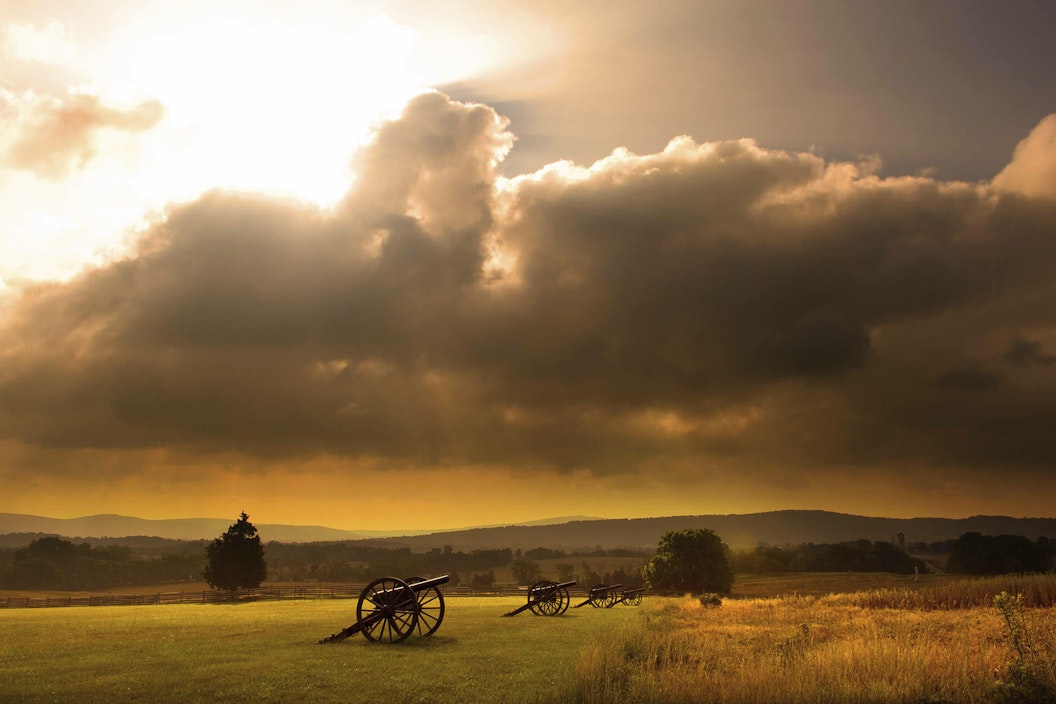
Visit the site of the Battle of Antietam, which led to President Abraham Lincoln's issuance of the Emancipation Proclamation.
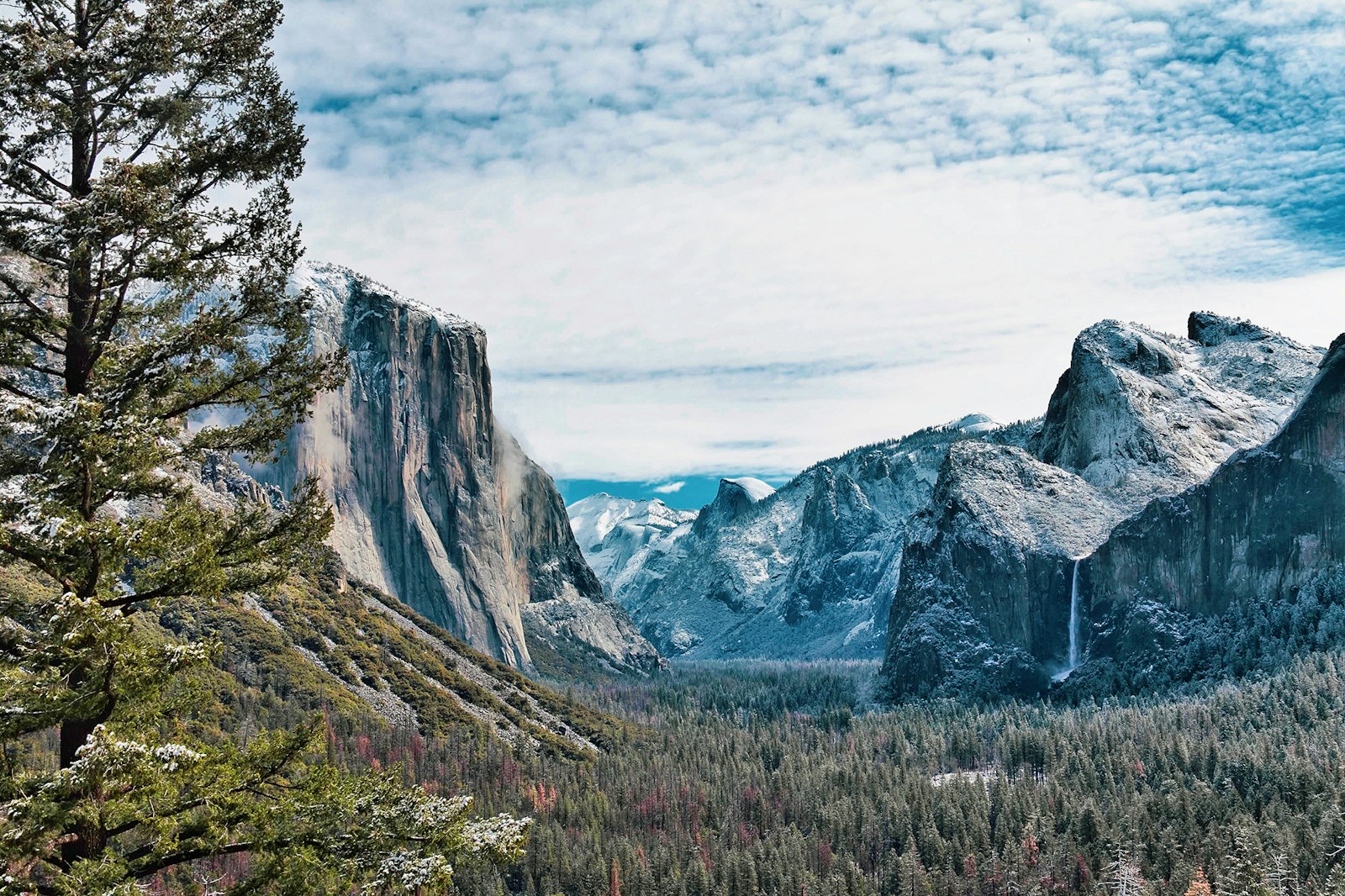
Explore America’s national parks. Discover our most treasured places, supported by people like you, and start your travel planning here by finding your park.

Visit the site of the Battle of Antietam, which led to President Abraham Lincoln's issuance of the Emancipation Proclamation.
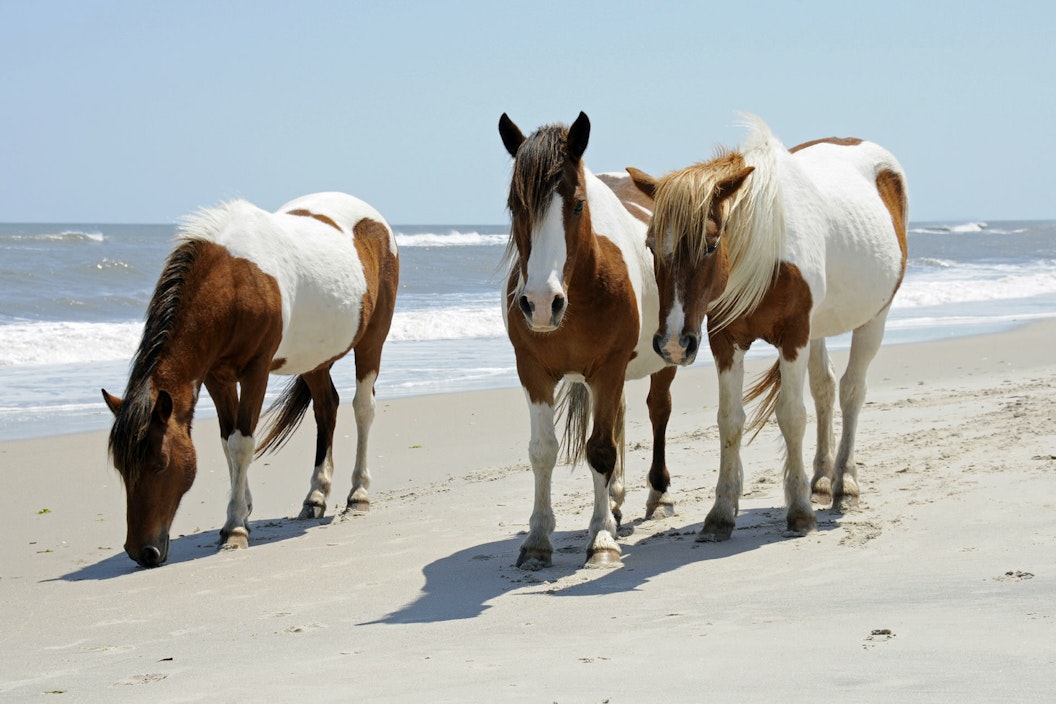
Enjoy the beauty of the herds of wild Assateague horses that roam the beaches and woods. Explore sandy beaches, salt marshes, maritime forests, and coastal bays.
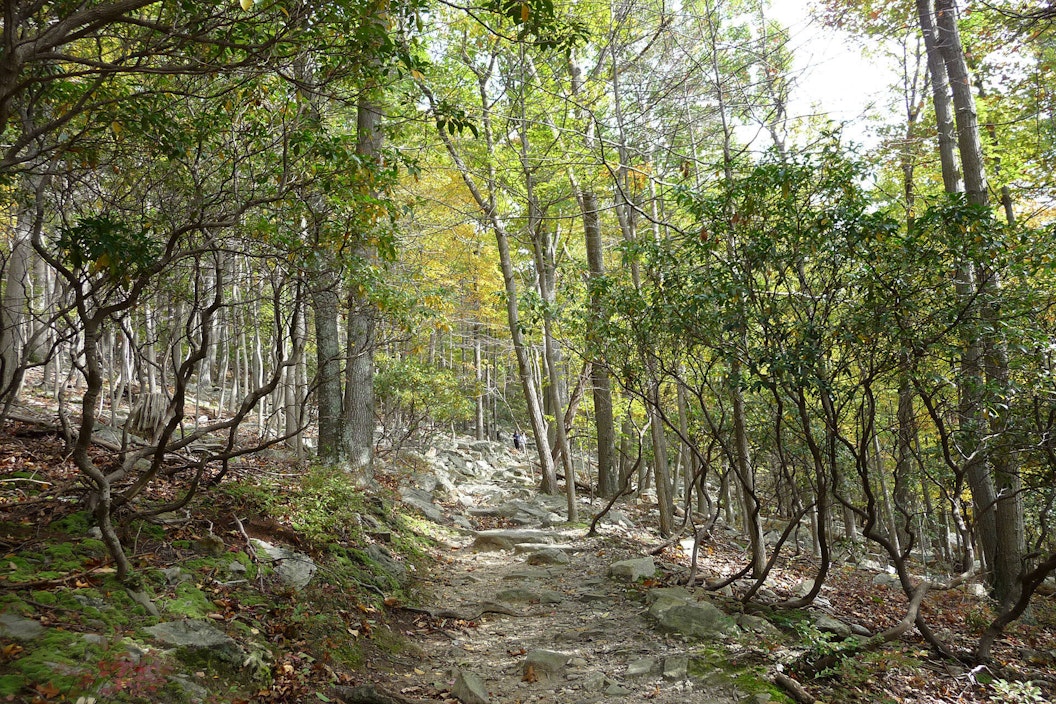
Catoctin Mountain Park contains over 25 miles of hiking through the mountains of upper Maryland, a park which honors Franklin D. Roosevelt's legacy in the U.S.
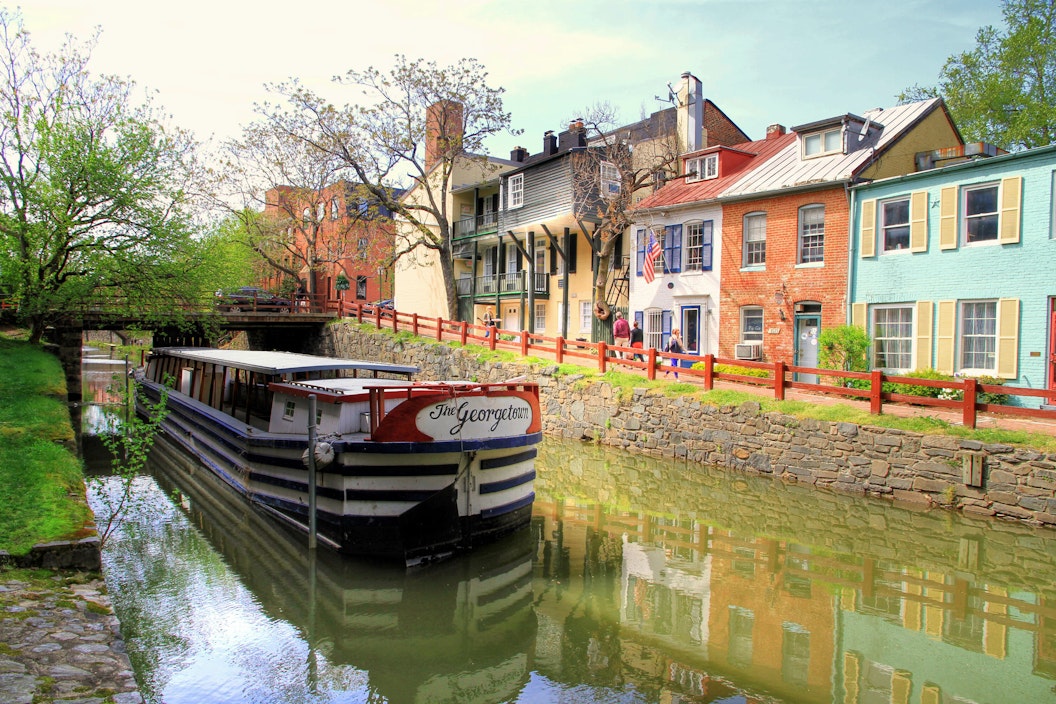
The C&O Canal follows the route of the Potomac River for 184.5 miles from Washington, D.C. to Cumberland, Maryland.
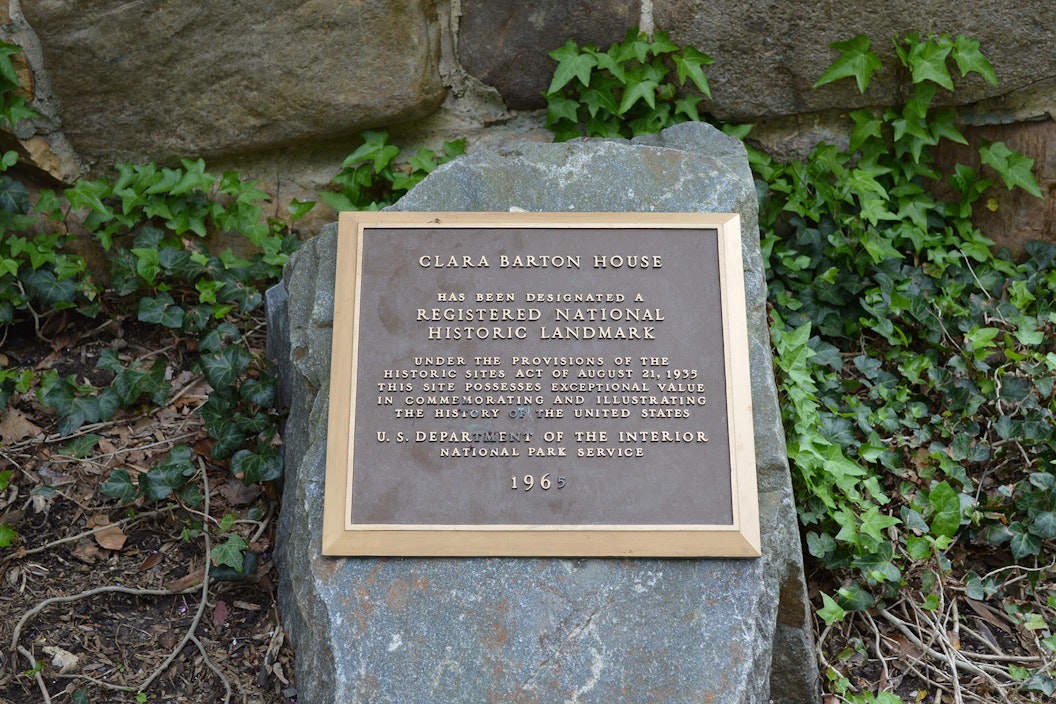
This National Historic Site commemorates the life of Clara Barton, founder of the American Red Cross. The home served as first headquarters for the Red Cross.
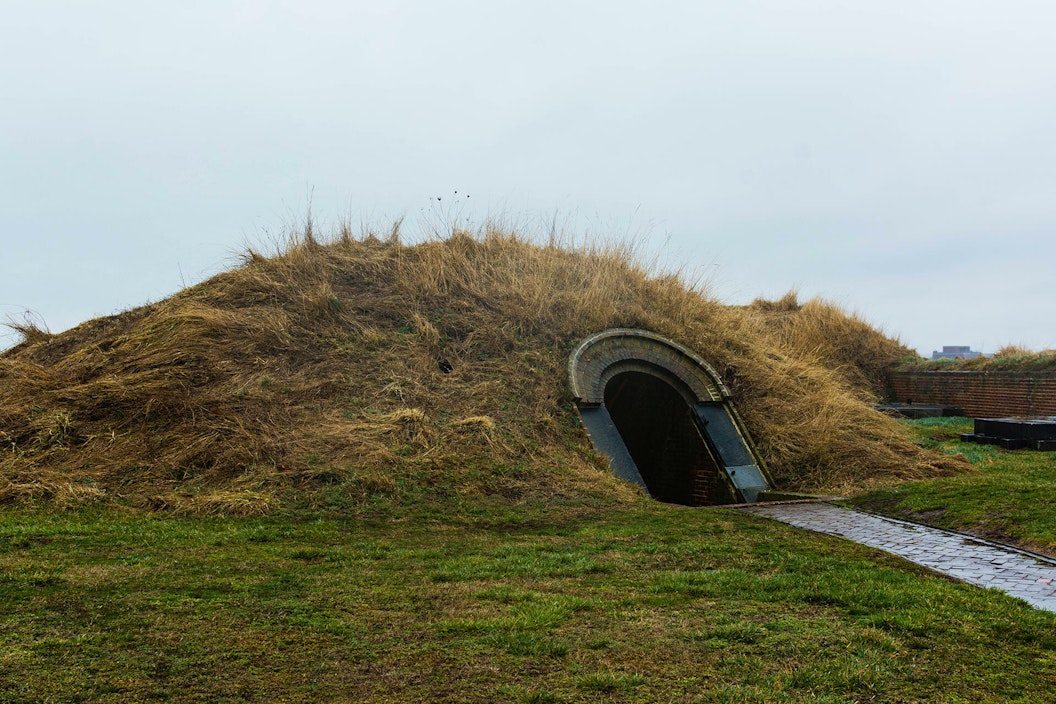
A source of American pride, Fort McHenry National Monument and Historic Shrine inspired "The Star-Spangled Banner." Enjoy ranger talks and flag changes.
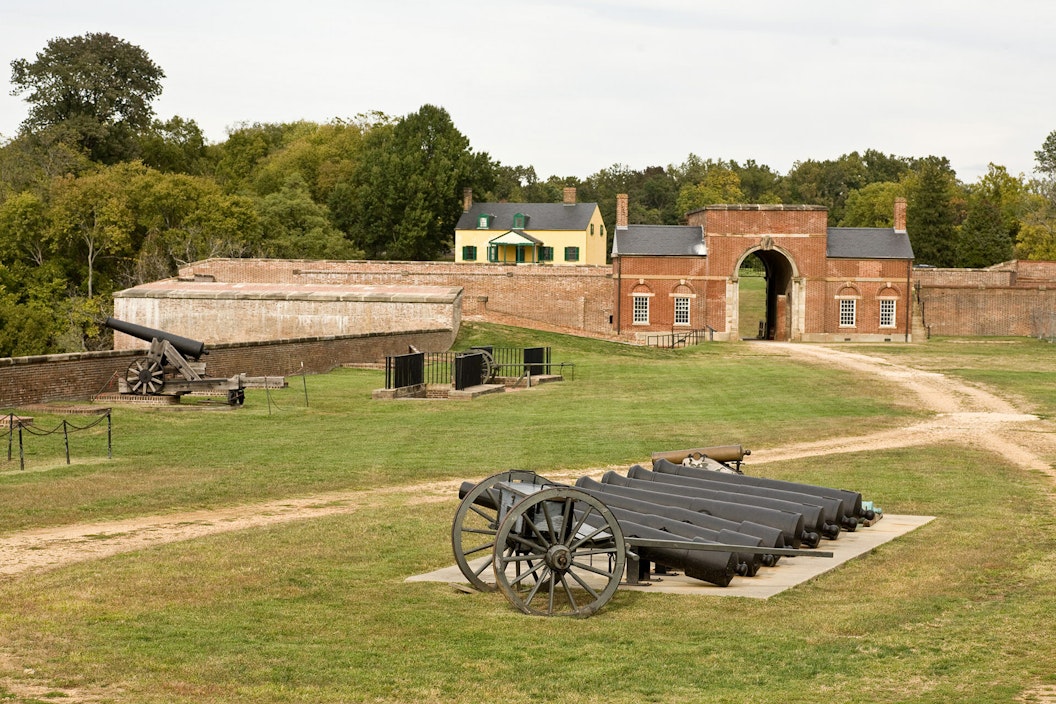
Picturesque Fort Washington sits on high ground overlooking the Potomac River and offers a grand view of Washington, D.C. and the Virginia shoreline.

Greenbelt Park is a retreat from the pressures of city life and a refuge for native plants and animals just twelve miles from Washington, D.C.
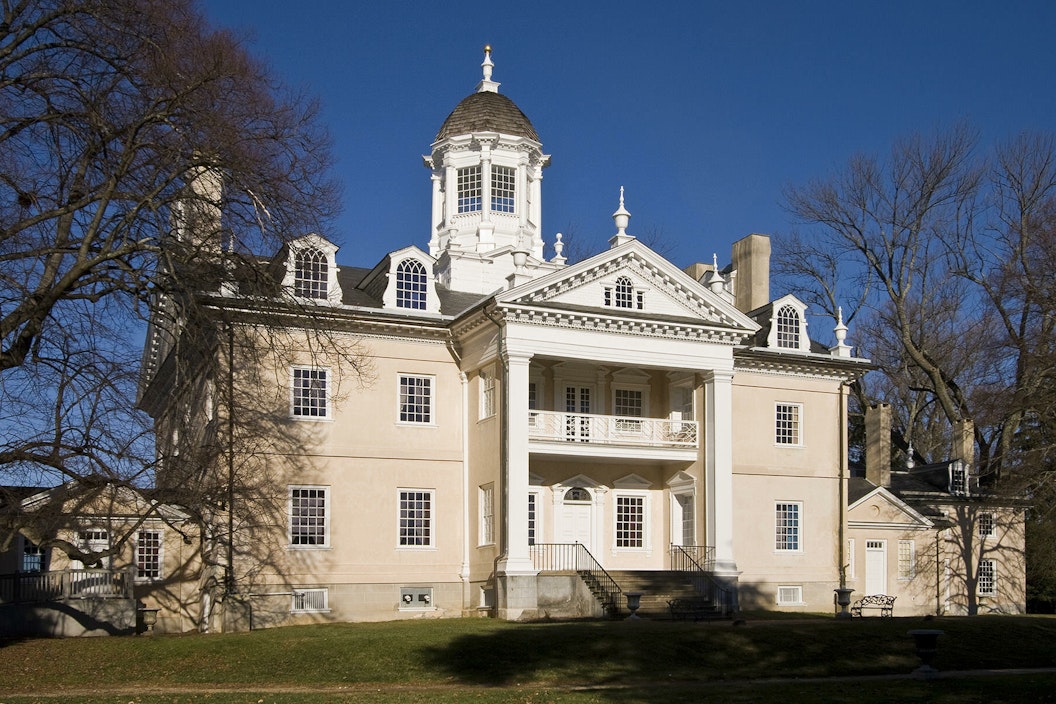
Hampton National Historic Site tells the story of people—enslaved African Americans, indentured servants, industrial and agricultural workers, and owners.
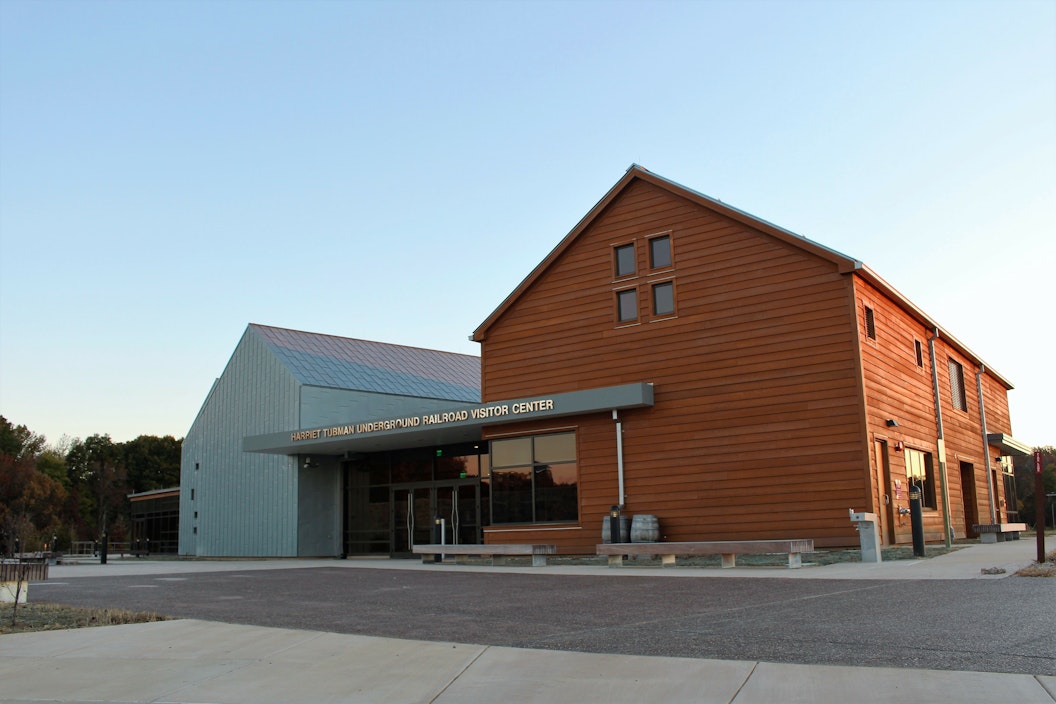
This national historical park honors Harriet Tubman, an American hero who dedicated her life to freedom, and her contribution to the Underground Railroad.
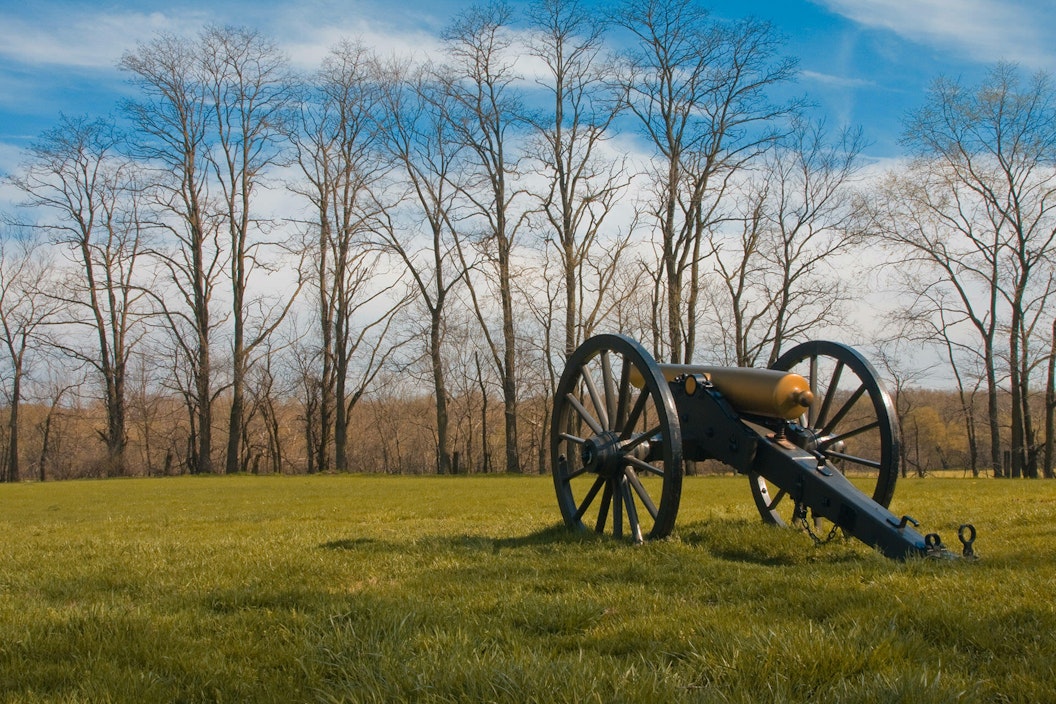
Known as the "Battle That Saved Washington", Monocacy is marked as the last battle attempt by the Confederacy to seize Washington, D.C. and move the war north.
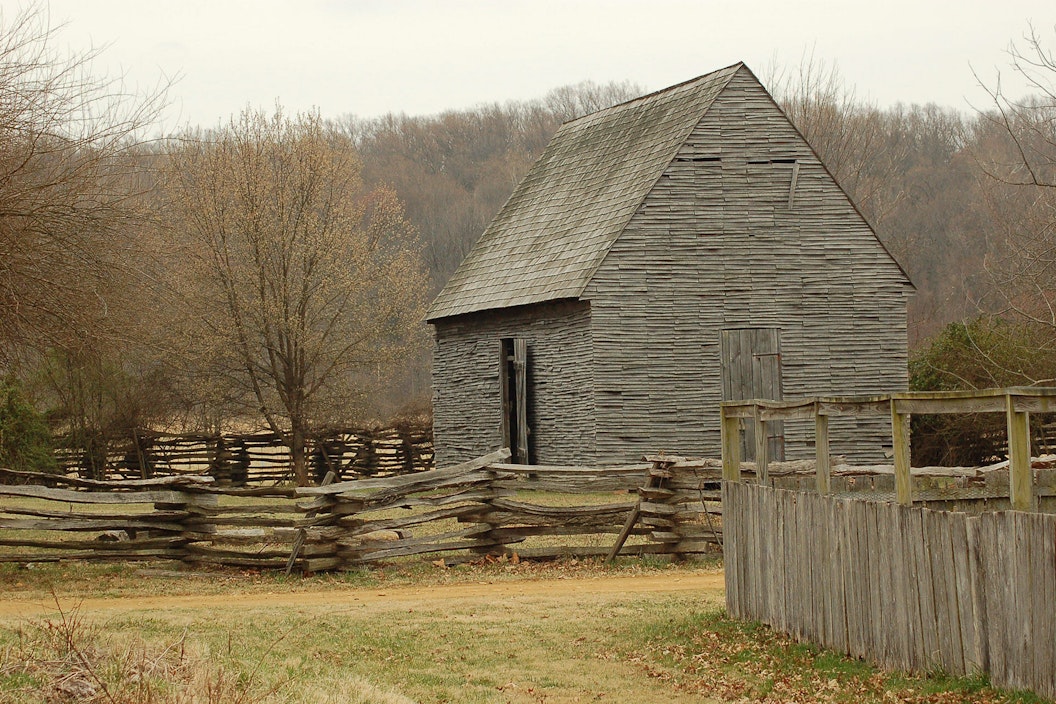
Piscataway Park is beloved for its bald eagle, deer, and fox wildlife, and includes fishing piers, boardwalks, and National Colonial Farm.

Maryland's Thomas Stone National Historic Site commemorates Thomas Stone, one of 56 men to sign the Declaration of Independence.